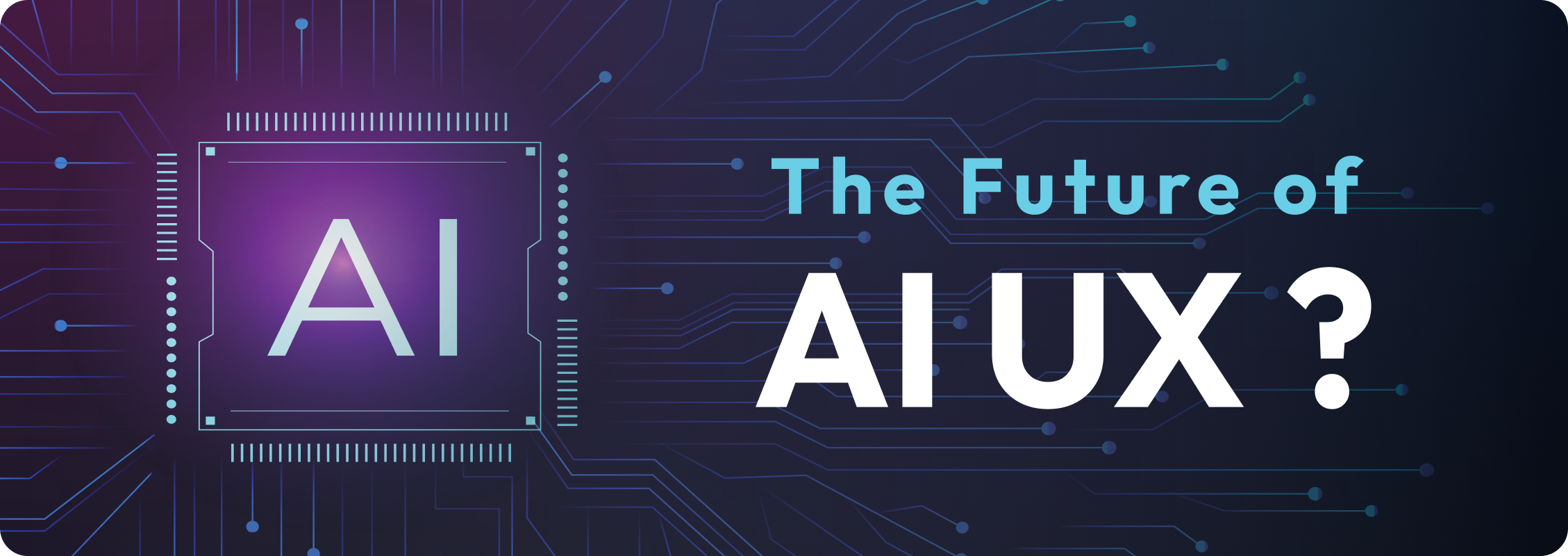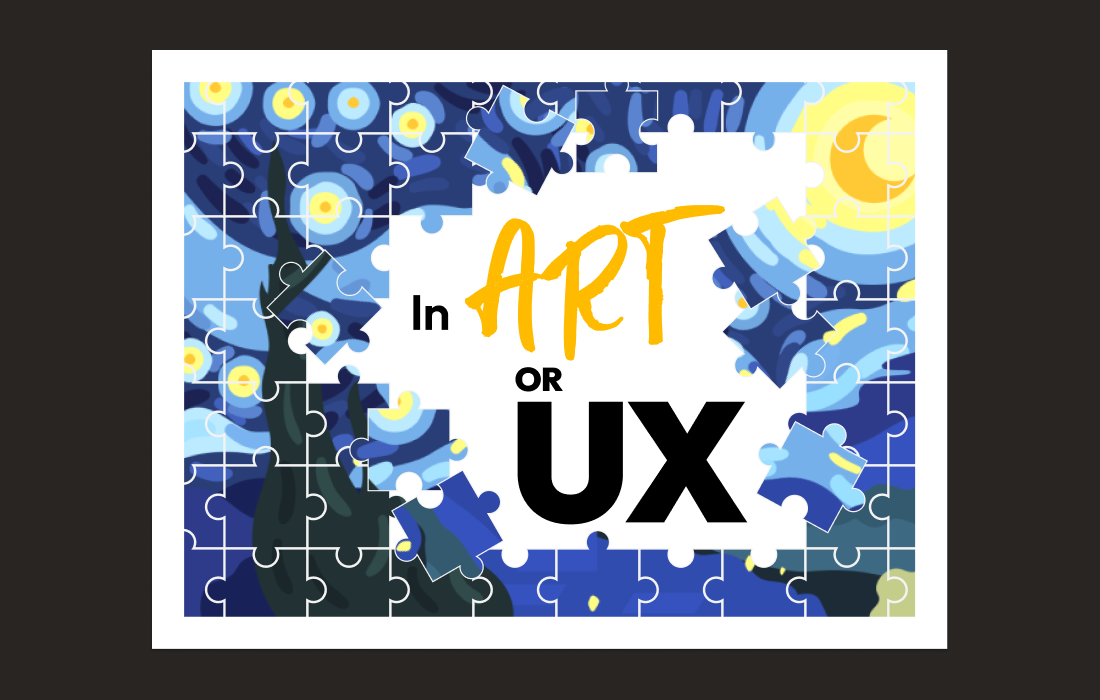Blogs
Redefining UX Outcomes: Where Does Artificial Intelligence Fit In?
Sukhbir Singh
Posted On September 16, 2024

In the diverse landscape of UX design, different industry sectors have long established their favored outcomes. These outcomes guide designers in crafting experiences that meet specific user needs.
Consumer UX: Engagement is key. Products like Instagram have mastered this by offering endless scrolls of personalized content, hooking users with algorithms that cater to their interests. The platform’s design encourages continuous interaction, creating a loop of engagement that keeps users coming back.
Enterprise UX: Efficiency is paramount. Consider Slack, a tool designed to streamline communication and collaboration within organizations. Its interface reduces friction in day-to-day operations, allowing teams to work more efficiently by integrating tools and simplifying communication.
Platform UX: Flexibility is the cornerstone. A great example is Microsoft Azure, a cloud computing service that provides a flexible framework to accommodate various use cases, from hosting applications to data analysis. The platform’s design allows it to be versatile, catering to developers, IT professionals, and businesses with diverse needs.
Healthcare UX: Precision is non-negotiable. In healthcare, products like Epic Systems—an electronic health record (EHR) platform—demand precision. Every interaction within the system must be meticulously designed to ensure that patient data is accurate and that healthcare providers can make well-informed decisions, minimizing the risk of errors.
Automobile UX: Safety is the top priority. Volvo’s infotainment system exemplifies this, where every element of the interface is designed to minimize driver distraction and enhance safety. The user interface is intuitive, with features like voice control to ensure that drivers can focus on the road.
However, as Artificial Intelligence (AI) increasingly integrates into our lives, a new sector emerges within the UX realm, demanding its own favored outcome. The pressing question is: What should be the favored outcome of AI interaction UX?
Humanizing AI: A Starting Point, But Not the End
The intuitive answer seems to be humanization—making AI interactions feel more natural, relatable, and empathetic. After all, the more human-like AI is, the easier it becomes for users to trust and engage with it.
Take, for example, Google Assistant and Apple’s Siri. These AI-powered virtual assistants have been designed to understand natural language, respond with a conversational tone, and even exhibit a touch of personality. Their human-like qualities help users feel at ease, making technology less intimidating and more accessible. This humanization is crucial, especially in consumer-facing products, where trust and ease of use are paramount.
But is humanization enough? While it helps in fostering trust and making AI more approachable, it may not fully address the complexities and potential pitfalls of AI integration. As designers, we must look beyond humanization and ask deeper questions.
Beyond Humanization: What Should AI UX Strive For?
Transparency:
- Why it matters: AI systems often operate as black boxes, making decisions based on complex algorithms that users cannot see or understand. This opacity can lead to mistrust, particularly when the AI makes unexpected or controversial decisions.
- Example: Facebook’s News Feed algorithm is a case in point. While it personalizes content for users, its lack of transparency has sparked concerns about echo chambers and biased information. Users rarely understand why they see specific posts, leading to calls for greater algorithmic transparency.
- Design challenge: How can we design AI interactions that are not only user-friendly but also transparent? How can we help users understand how AI reaches its conclusions?
Accountability:
- Why it matters: When AI makes mistakes—or worse, causes harm—who is held responsible? This question becomes crucial as AI takes on more significant roles in sectors like healthcare, finance, and autonomous driving.
- Example: Consider Tesla’s Autopilot system. While it promises greater safety through automation, incidents involving the system have raised questions about accountability. If the AI system fails, is the driver or the manufacturer responsible?
- Design challenge: How do we build systems where accountability is clear? Can we design interfaces that not only log decisions but also provide context for why those decisions were made?
Ethical Considerations:
- Why it matters: AI is powerful, and with great power comes the potential for misuse. Bias in AI algorithms, privacy concerns, and the potential for AI to be used in harmful ways are all critical issues.
- Example: Amazon’s AI-based hiring tool was found to be biased against women, leading to its eventual discontinuation. The algorithm, trained on past hiring data, unintentionally learned to prefer male candidates, highlighting the ethical risks of unchecked AI.
- Design challenge: Can we create ethical guidelines for AI UX that prioritize fairness, inclusivity, and respect for user privacy? How do we ensure that AI systems do not perpetuate harmful biases or infringe on users’ rights?
Adaptability:
- Why it matters: AI systems need to adapt to different contexts, user needs, and even cultural differences. What works for one user in a particular context might not work for another.
- Example: Spotify’s AI-driven recommendation system tailors music suggestions to individual users’ tastes. Its ability to learn and adapt over time keeps users engaged and satisfied. However, it also raises questions about how much control users have over these recommendations and whether the system can become too insular.
- Design challenge: How can AI UX be designed to be adaptable yet consistent? Can we create AI systems that learn and evolve with their users, providing personalized experiences while maintaining a coherent identity?
The Future of AI UX: A Multi-Faceted Approach
As AI continues to evolve, its role in UX design will undoubtedly expand. The favored outcome for AI UX may not be a single, easily defined concept like engagement or efficiency. Instead, it may require a multi-faceted approach that balances humanization with transparency, accountability, ethical considerations, and adaptability.
Questions for Designers:
- What role should humanization play in AI design? How do we balance making AI relatable with the need for transparency?
- How can we design AI systems that are accountable and ethical? What frameworks or guidelines should be in place to ensure this?
- In what ways can AI UX be made adaptable to diverse user needs without losing coherence or trustworthiness?
As we venture into this uncharted territory, it’s clear that AI UX demands a thoughtful, nuanced approach. Designers have the unique opportunity—and responsibility—to shape this emerging field, setting the standards for what AI interaction should achieve. The answers may not be simple, but the questions are worth exploring. After all, the future of UX might very well depend on it.


